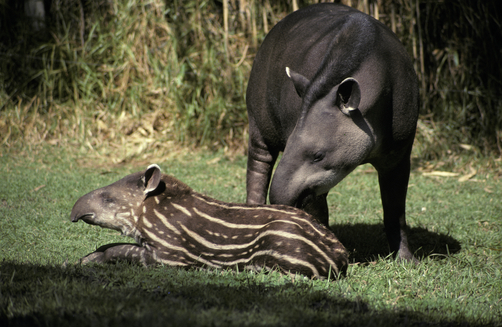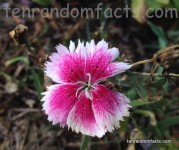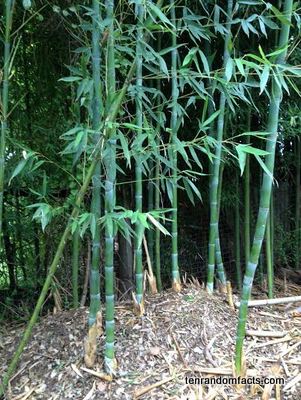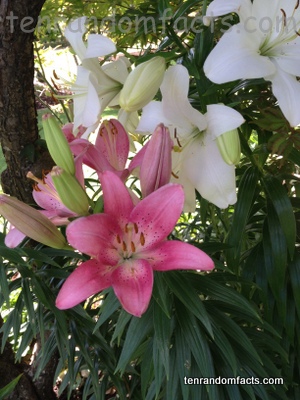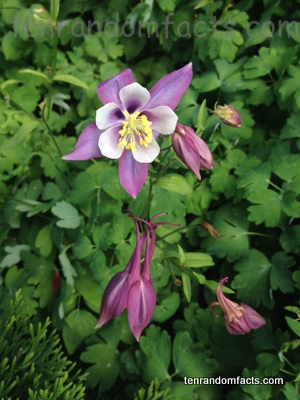
Tapir: A piggish elephant.
- Tapirs are typically nocturnal and solitary pig-like mammals, that are often great swimmers, and they have strange feet with four and three toes on the front and behind respectively.
- There are five species of tapirs; the Mountain tapir, Kabomani tapir, Brazilian tapir, and Baird’s tapir, in Central and South America, and the Malayan tapir in South East Asia.
- Tapir’ means ‘thick’, in the Tupi language belonging to some of the indigenous Brazilians, that refers to the animal’s hide, and the scientific name is ‘Tapirus’, from the family Tapiridae, the family of tapirs, that is also related to horses and rhinoceroses.
- Depending on the species, tapirs grow to be approximately 0.8 to 1 meter (2.6 to 3.3 feet) in height, and 1.3 to 2.4 metres (4.2 to 7.8 feet) in length, and range from 110 to 320 kilograms (242 to 705 pounds) in weight, with females being generally larger than males.
- Tapirs are typically red-brown to grey-black in colour, although the Malayan species are part white and part black, and the Mountain species have a woolly coat.
Adult and Baby
Image courtesy of National Geographic
- Tapirs have a free-moving snout to poke in hard-to-get places, grip vegetation, or use as a snorkel, and it is often raised when it smells something.
- Tapirs live on vegetation, mainly fruit, berries and leaves, and can consume 34 kilograms (75 pounds) or more in a single day, and they have an approximate lifespan of 25 to 30 years.
- Tapirs have an interval of at least two years after every birth of one calf, and the young have sand coloured stripey and spotty markings for up to six months.
- Tapirs are mainly preyed on by jaguars, tigers, crocodiles and anacondas, as well as humans, who hunt them for their meat and hides, and along with loss of habitat, this is causing them to be either endangered or vulnerable, depending on the species.
- Although tapirs do not generally attack humans, they have a bite that can cause severe damage, if threatened.
Bibliography:
Tapir, 2014, National Geographic, http://animals.nationalgeographic.com.au/animals/mammals/tapir/
Tapir, 2014, San Diego Zoo, http://animals.sandiegozoo.org/animals/tapir
Tapir, 2014, Wikipedia, http://en.wikipedia.org/wiki/Tapir





